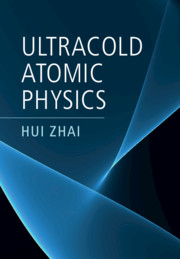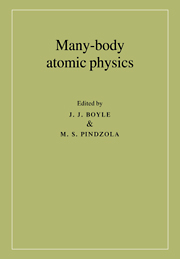Ultracold Atomic Physics
The field of ultracold atomic physics has developed rapidly during the last two decades, and currently encompasses a broad range of topics in physics, with a variety of important applications in topics ranging from quantum computing and simulation to quantum metrology, and can be used to probe fundamental many-body effects such as superconductivity and superfluidity. Beginning with the underlying and including the most cutting-edge experimental developments, this textbook covers essential topics such as Bose-Einstein condensation of alkali atoms, studies of BEC-BCS crossover in degenerate Fermi gas, synthetic gauge fields and Hubbard models, and many-body localization and dynamical gauge fields. Key physical concepts, such as symmetry and universality highlight the connections between different systems, and theory is developed with plain derivations supported by experimental results. This self-contained and modern text will be invaluable for researchers, graduate students and advanced undergraduates studying cold atom physics, from both a theoretical and experimental perspective.
- Covers both the fundamentals and recent experimental developments of ultracold atomic physics
- Each theory is pedagogically introduced by accessible calculations, and supported by descriptions of experiments in ultracold atomic systems
- Strong emphasis upon reinforcing the underlying connections between the physical phenomena of ultracold atomic systems
Reviews & endorsements
'… this book is accessible to most readers, especially for experimentalists, for junior researchers including senior undergraduate students, and for readers outside the field of ultracold atomic physics.' A. M. Saperstein, Association of American Publishers
Product details
February 2021Adobe eBook Reader
9781108598545
0 pages
This ISBN is for an eBook version which is distributed on our behalf by a third party.
Table of Contents
- Preface. Part I. Atomic and Few-Body Physics:
- 1. A Single Atom
- 2. Two-Body Interaction
- Part II. Interacting Bose Gas:
- 3. Interaction Effects
- 4. Topology and Symmetry
- Part III. Degenerate Fermi Gases:
- 5. The Fermi Liquid
- 6. The Fermi Superfluid
- Part IV. Optical Lattices:
- 7. Non-Interacting Bands
- 8. The Hubbard Model
- References.



